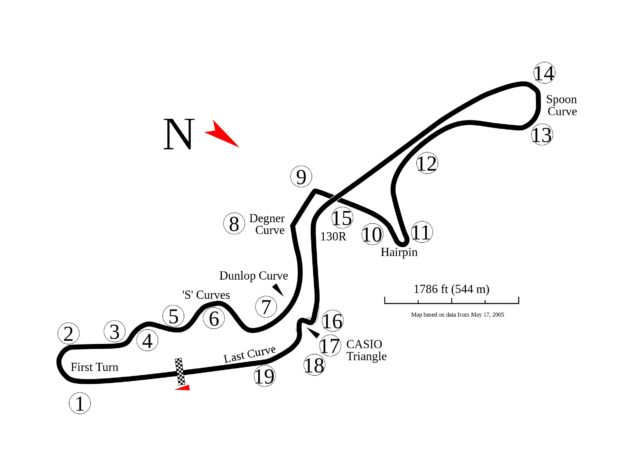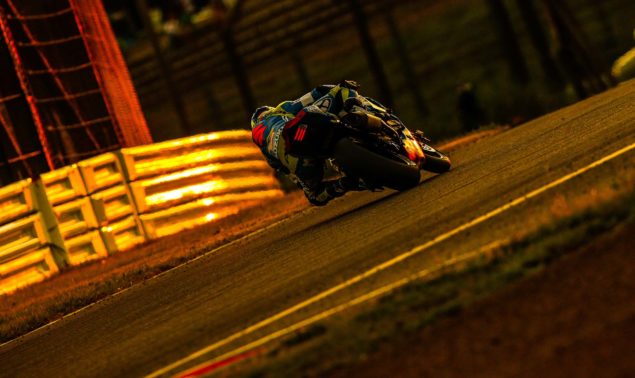There aren’t many circuits as challenging as the Suzuka International Racing Course. So what’s the key to a quick lap?
Suzuka is a real rollercoaster racetrack. The unique figure-of-eight layout ensures that it is unlike any other circuit on the racing calendar, but the Japanese venue isn’t a gimmick, it’s a true test of skill and bravery for every rider.
As riders come across the start-finish line, it is a rare chance to catch their breath as they look across for their pitboard – and the Suzuka 8-Hours is not a short race.
The mental challenge of Suzuka is huge, and it’s easy to get fatigued. The heat and humidity play havoc with the riders, but the 20 corners, with most linked together, mean that mental errors are heavily punished. With such a long lap and stifling conditions, the lap counter seems to grow at a snail’s pace.


